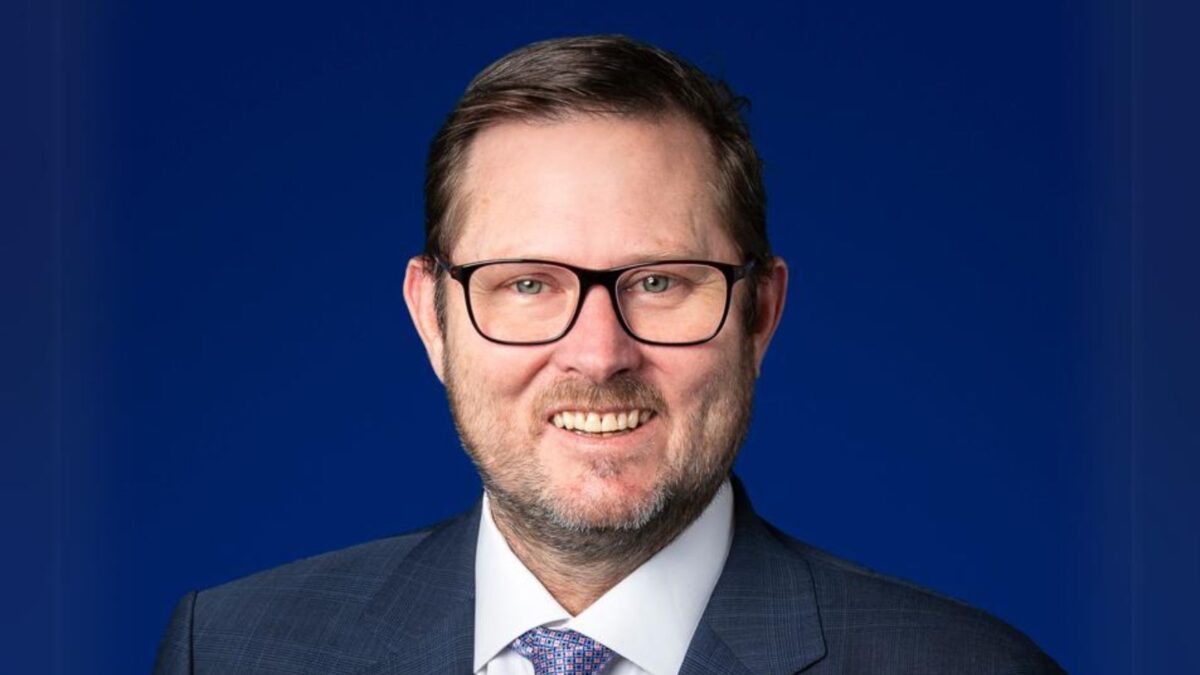Citi’s ‘hidden gem’ takes the stage
At Citi’s annual investment conference, the stuff that most journalists really want to see takes place far from the conference floor, in the two floors of the Sheraton Citi has booked out for one-on-one and group meetings with investors.
But for this publication, the real action is in a more modest room with seats for just 30 of Citi’s clients. It’s where Citi is – for the first time – holding a mini-conference focussed on its securities services business. It speaks to the growing importance of asset servicing down under, where the world’s biggest banks are building out their operations to meet the needs of Australia’s rapidly growing superannuation and wealth management industries.
“Over the last two or three years we’ve seen a rising interest in what’s a streamlined target market for Citi,” Mark England, head of securities services for Australia, tells ISN. “The divestiture of the consumer bank in Australia means Citi is an institutional bank, and as part of that strategy we’re talking about “One Citi” – One Citi programs mean looking at a financial institution and determining where there’s relevance for Citi across the five businesses that (comprise it).
“We’ve had great momentum in building out the relationships across what are our own business or product silos to make sure we’re finding solutions for clients that are going to work. In talking to clients about the investor conference, they’ve asked what (the securities services division) is doing, and we’re going to show them.”
It’s in keeping with Citi CEO Jane Fraser’s assessment of the securities services business as the bank’s “hidden gem”; one that contributes significantly to the bank’s bottom line even as its other businesses have lagged.
“It’s the cadence and tenure of our relationships and their importance to our institutional bank,” England says. “Those relationships tend to exist over many years, if not decades, and that gives you incredible institutional proximity; with institutional proximity comes trust, and trust is a great foundation for building commercial relationships.”
Part of the increasing importance of asset servicing and custody down under has been the withdrawal of NAB Asset Servicing from the market in 2022, with an enormous number of client suddenly looking for a new home.
“That’s a lot for the market to absorb, coupled with what is still a pretty competitive market from a consolidation perspective, particularly in superannuation but now also – speculatively – in the asset management space,” England says. “There’s not been a rush to run big RFPs in this market, so there’s some stability beyond all of that volatility.”
High on the agenda at the mini-conference are digital assets, which are becoming central to the strategies of many of Citi’s clients in the asset management segment that have driven a lot of the experimentation and commercial pilots.
“We’re working with a number of asset managers around tokenising private funds as well as money market funds, and this is where we’re seeing a lot of early use cases from some of the major asset managers,” says Nadine Teychenne, Citi’s global head of digital assets. “(Our clients) are seeing the advantages of tokenisation as well as the advantages of distributed ledger technology infrastructure to enable better and more efficient distribution to their investors.”
“They’re seeing wealth transfer, with a big generational change coming up, and they’re aiming equally for that new generation that are digitally-native and savvy… and with private funds, it’s typically an asset class that’s highly illiquid and inefficient, and we’re starting to see managers experiment and issue private funds in real life commercial use cases, particularly in Europe, where laws have already changed to support that.”
Tokenisation can create a more transferrable asset, allow for greater customisation and composability, and drive a lot of operational issues, Teychenne says.
“While it’s modular at the moment, if you start to see a full end-to-end digital fund, there’s a lot of operational efficiencies that can come with that… We think it’s becoming much more relevant to clients, and we’re seeing clients drive that innovation and that agenda.”











